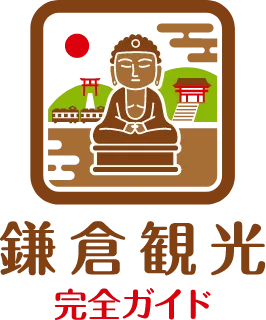Zuisen-ji Temple (瑞泉寺)
Discover Zuisen-ji Temple (瑞泉寺)
Nestled deep within Momijigayatsu Valley, often called the “inner sanctum” of Kamakura, Zuisen-ji Temple is a Zen sanctuary where nature and philosophy harmonize. Founded in the early 14th century during the late Kamakura period, it was established by the revered monk Muso Soseki (夢窓疎石). Known for his mastery of garden design, poetry, and Buddhist thought, Muso Soseki was a spiritual guide to emperors like Emperor Go-Daigo (後醍醐天皇) and Ashikaga Takauji (足利尊氏).
When Is the Best Time to Visit?
Often referred to as the “Temple of Flowers,” the site greets visitors with seasonal blooms year-round. Cherry blossoms in spring, winter-blooming sakura, hydrangeas from early June to early July, and especially the fragrant plum blossoms from late January to mid-March are highlights. In autumn, it features some of the latest foliage in the Kanto region, peaking beautifully in December.
Photo Highlights and Must-See Spots
The most iconic feature is its rock garden, personally designed by Muso Soseki. Carved from native Kamakura stone, this dry landscape garden is designated as a National Place of Scenic Beauty. It reflects the Zen worldview, seamlessly integrating nature and spiritual symbolism.
Embrace the Quiet Hours of Morning
The garden represents Fudaraku-sen (補陀落山), the Pure Land of Kannon Bodhisattva (観音菩薩), whom Muso Soseki deeply revered. Other features like Hokokutsu Cave, once used for Zen meditation, add spiritual depth to the surroundings and evoke a profound sense of calm.
Unique Beliefs and Local Customs
A Jizo statue on the grounds is known as “Dokomoku Jizo,” a play on the phrase meaning “suffering follows you wherever you go.” Revered as a figure that relieves pain and hardship, this “Kununuki Jizo” continues to bring peace to many visitors.
How to Get There from Tosh’s Place (トシズプレイス)
The temple is open year-round from 9:00 AM to 5:00 PM (last entry at 4:30 PM). Admission is ¥200 for adults, ¥100 for children, and free for people with disabilities. Parking is limited to about 10 vehicles, so public transit is recommended. From Kamakura Station, take a bus to the “Daito-no-miya” stop and walk approximately 10 minutes.
For guests staying at Tosh’s Place (トシズプレイス), an early-morning visit is especially convenient—perfect before breakfast or as a peaceful start to your day.
Wrap-Up: A Zen Garden Retreat in Kamakura’s Hidden Hills
Whether you’re seeking spiritual reflection, seasonal beauty, or historical depth, Zuisen-ji Temple offers a profound sense of calm and inspiration. Its tranquil gardens and deep connection to Zen philosophy make it a rewarding stop for those wanting to explore Kamakura beyond the usual tourist paths. With the flexibility of a stay at Tosh’s Place (トシズプレイス), you can explore its serene atmosphere during the quiet hours and fully embrace its peaceful charm.
